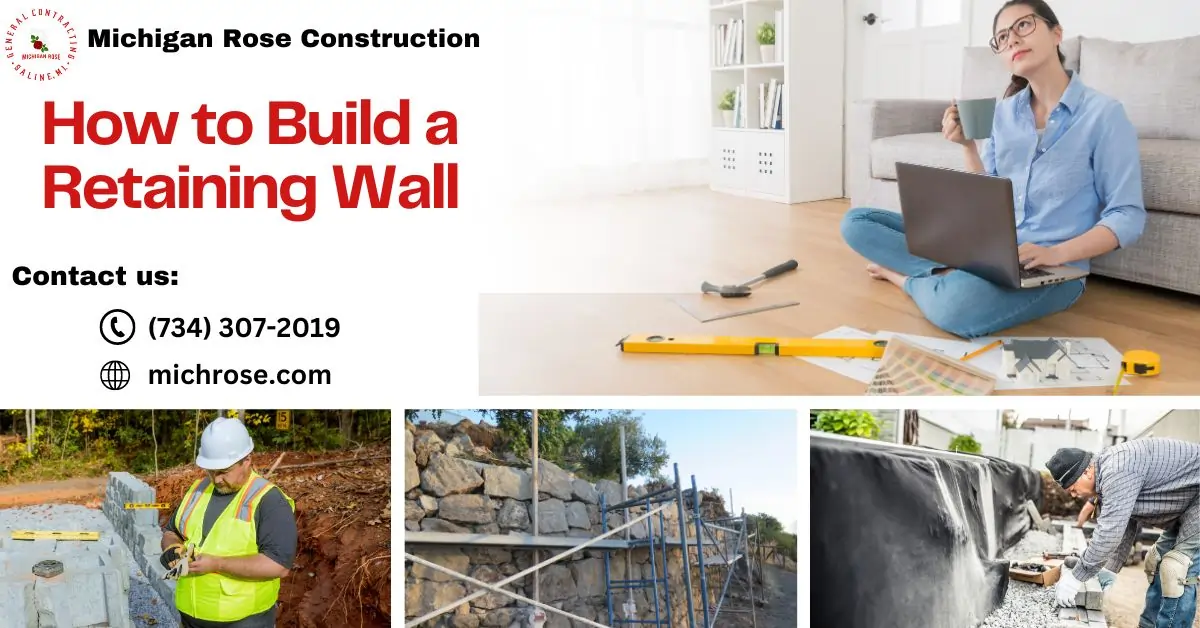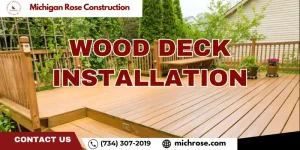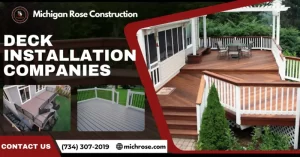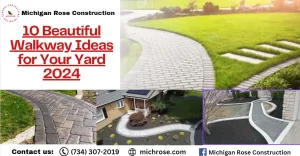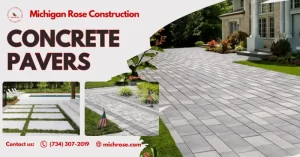How to Build a Retaining Wall | A Guide to Create Your Own
At Michigan Rose Construction, we combine exceptional attention to detail with imaginative ingenuity, transforming your ideas into breathtaking reality. As a premier provider of custom carpentry and framing services, we pride ourselves on bringing your dreams to life, whether crafting elegant decks, gorgeous pergolas, sturdy retaining walls or other bespoke structures.
MRC is a committed provider of top-quality services, exerting a beneficial influence throughout a wide range of neighborhoods. We have a wide presence in the areas of Saline, Plymouth, Wixom, South Lyon, Livonia, and Milan, providing extensive coverage and customized solutions. MRC is dedicated to achieving high standards of quality and promoting the welfare of the community.
Building a retaining wall is a task that can greatly improve the practicality and visual appeal of a landscape. To achieve a successful finish, it is necessary to have a full understanding of the process, whether it is intended to manage soil erosion, create usable garden spaces, or add a decorative feature. This comprehensive guide will offer in-depth knowledge and practical advice for constructing a sturdy and long-lasting retaining wall.
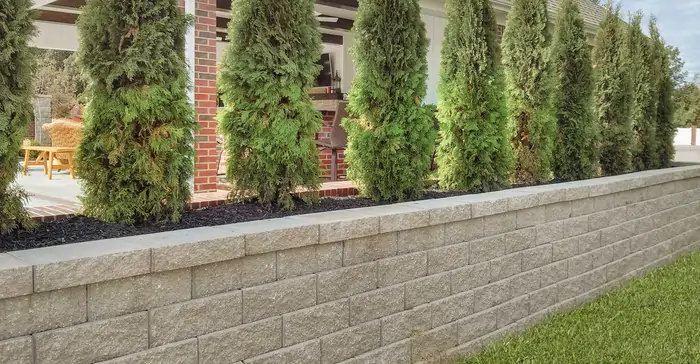
Understanding Retaining Walls
Prior to commencing construction, it is imperative to comprehend the purpose and function of retaining walls. Retaining walls are engineered constructions created to confine soil on slopes that are not naturally occurring. They are utilized to secure soils between two distinct elevations, typically in regions of land with unfavorable slopes.
Planning Your Retaining Wall
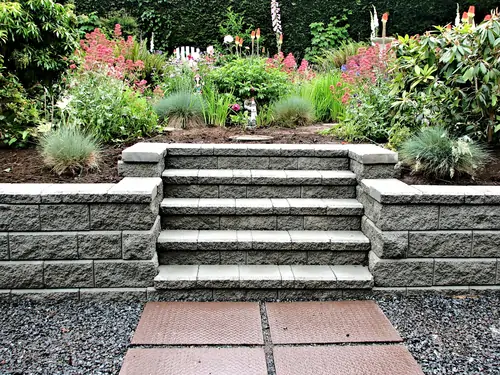
Determine the Purpose
Decide whether your wall is for erosion control, creating a flat area for gardening, landscaping, or purely decorative.
Design and Layout
Sketch the area where the wall will go. Consider the height, which impacts whether you need an engineered design and the type of materials necessary. Due to potential structural implications, consulting a professional is recommended for walls over three feet.
Material Selection
Choices range from poured concrete and natural stone to interlocking block systems designed for easy DIY installation. Each has its benefits and costs.
Obtain Permits
Consult the relevant municipal authorities to obtain information regarding building codes and permit prerequisites. Proper construction is particularly important for taller walls, as inadequate construction can result in failure and substantial damage.
Site Preparation and Safety
Ensure a clear working area and plan for handling materials and waste. Safety gear like gloves, goggles, and steel-toed boots are essential.
How to Build a Retaining Wall
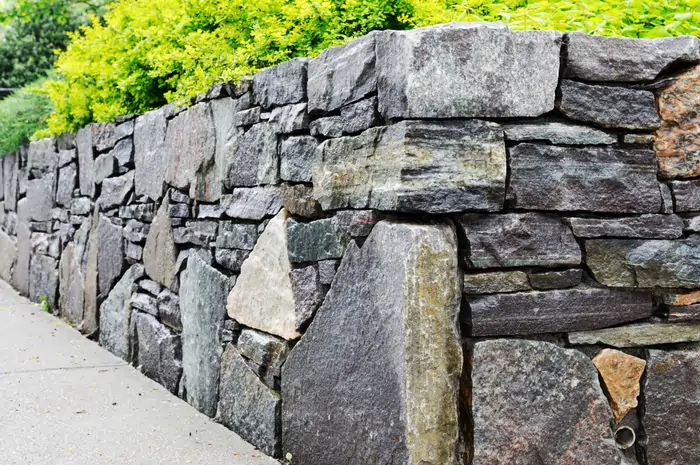
Step 1: Excavation
Mark the footprint of the wall and excavate the trench. The trench should be dug to a depth below the frost line and wide enough to accommodate the base material plus the width of the blocks or stones.
Step 2: Laying the Foundation
A solid foundation is crucial. Fill your trench with a base layer of crushed stone or gravel, then compact it thoroughly to prevent settling. A hand tamper will suffice for most DIY projects, but for larger areas, consider renting a plate compactor.
Step 3: The First Row is the Key
The first row of blocks or stones determines the wall’s integrity. Use a level to ensure this row is perfectly level in all directions. This might involve adding or removing the base material to make adjustments.
Step 4: Drainage System
Adding a drainage system behind the wall is a critical step that is often overlooked. Position a perforated drainpipe at the back base of the wall, ensuring it slopes slightly away from the wall to carry water away efficiently. Cover this with gravel and landscape fabric to prevent clogs.
Step 5: Stacking the Blocks
When stacking additional rows, stagger the joints for added strength. Some systems use pins or interlocking edges for alignment and stability. Check for level with each row. Backfill with gravel as you go to support the structure and facilitate drainage.
Step 6: Capping and Finishing Touches
Once at the desired height, secure the capstones with construction adhesive designed for masonry. This gives the capstones a polished look and prevents water infiltration, which can freeze and cause damage.
Step 7: Landscaping and Backfilling
The final step involves backfilling the area behind the wall with suitable soil for planting if desired. Grade the area to ensure water flows away from the wall, reducing pressure and the risk of undermining.
Troubleshooting and Maintenance
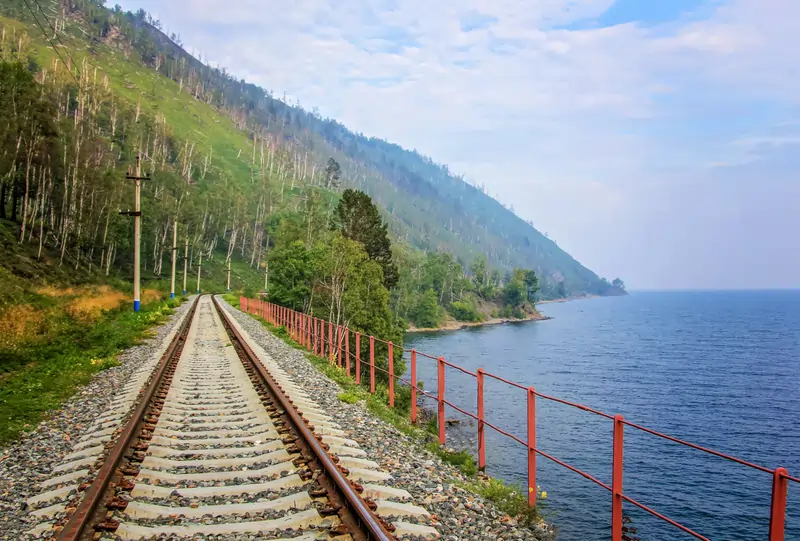
Identifying Potential Issues
Visible Bulging or Leaning: One of the most apparent signs of trouble is when a wall segment bulges outward or leans. This deformation is often due to excessive pressure from the soil behind the wall and can be exacerbated by water build-up.
Cracks in the Wall: Small cracks can develop over time due to natural settling, but significant cracking might indicate structural failure. Cracks that grow larger over time or horizontal cracks that suggest lateral soil pressure require immediate attention.
Water Pooling at the Base: Water accumulation at the base of the wall indicates a malfunctioning drainage system. Effective drainage is crucial in order to avoid water from exacerbating hydrostatic pressure on the wall.
Routine Maintenance Checks
Drainage Systems: Check drain pipes, weep holes, and gravel drainage paths for clogs or obstructions. It is crucial to ensure that water can flow freely away from the wall.
Soil and Backfill: Inspect the soil behind the wall for signs of excessive saturation. Add more gravel if necessary to improve drainage and prevent soil from exerting undue pressure.
Vegetation: Plants growing on or near the wall might add aesthetic value, but roots can cause displacement of the blocks or stones. Regularly trim back any roots that threaten the wall’s structure.
Troubleshooting Strategies
For Bulging or Leaning Walls: If a segment has started to bulge or lean, you may need to excavate the area behind the affected section, relieve the pressure, and rebuild it correctly. This might also involve improving the drainage system.
Repairing Cracks: Small cracks may be sealed with masonry crack filler, but more significant issues might require that wall sections be dismantled and rebuilt.
Improving Drainage: For water pooling, enhance the existing drainage system. This could mean adding more gravel, installing additional weep holes, or even incorporating a French drain to divert water more effectively.
Proactive Maintenance Measures
Water Management: Ensure that water from higher ground is being diverted away from the wall. This might involve grading the land or installing additional drainage solutions to handle runoff.
Weep Holes: Clear weep holes regularly to allow trapped water to escape the wall. This measure significantly reduces hydrostatic pressure.
Seasonal Checks: Inspect the wall and surrounding area before the rainy season and after significant storms. Make repairs immediately to prevent minor problems from escalating.
Preventing Freeze-Thaw Damage: In colder climates, the freeze-thaw cycle can be particularly damaging. Ensuring proper drainage reduces the risk of water seeping into cracks, freezing, and causing expansion that can further damage the wall.
How to Build a Retaining Wall?
Professional Tips and Tricks
- Use Geogrids for Tall Walls: Incorporating geogrid layers for walls above 3 feet can add significant stability. This synthetic material helps distribute pressure and adds to the wall’s lifespan.
- Landscape Considerations: Integrating your wall into the broader landscape design makes it functional and attractive.
- Contractor Consultation: On complex projects, getting advice or quotes from professionals can offer peace of mind and save money on costly mistakes.
Constructing a retaining wall is a significant yet rewarding undertaking that improves the value of a property and can effectively address many landscape difficulties. By meticulously considering the planning, construction processes, and materials, you can guarantee the creation of a durable and enduring structure that perfectly integrates with your outside area.
Although it demands exertion, the acquisition of practical expertise and the gratification of accomplishing a work with excellence render it an exceedingly valuable do-it-yourself endeavor. To ensure the longevity of your retaining wall, it is crucial to strictly follow local regulations, employ high-quality materials, establish effective drainage, and avoid speeding the construction process.
The success of your retaining wall, whether it is a basic and practical design or a complicated and multi-tiered structure that blends with your landscape, depends on careful planning and precise execution.
Seek the Guidance of a Professional to Construct a Durable and Enduring Retaining Wall.
For more details, visit Michigan Rose Construction Facebook Page or you can call (734) 307-2019.

